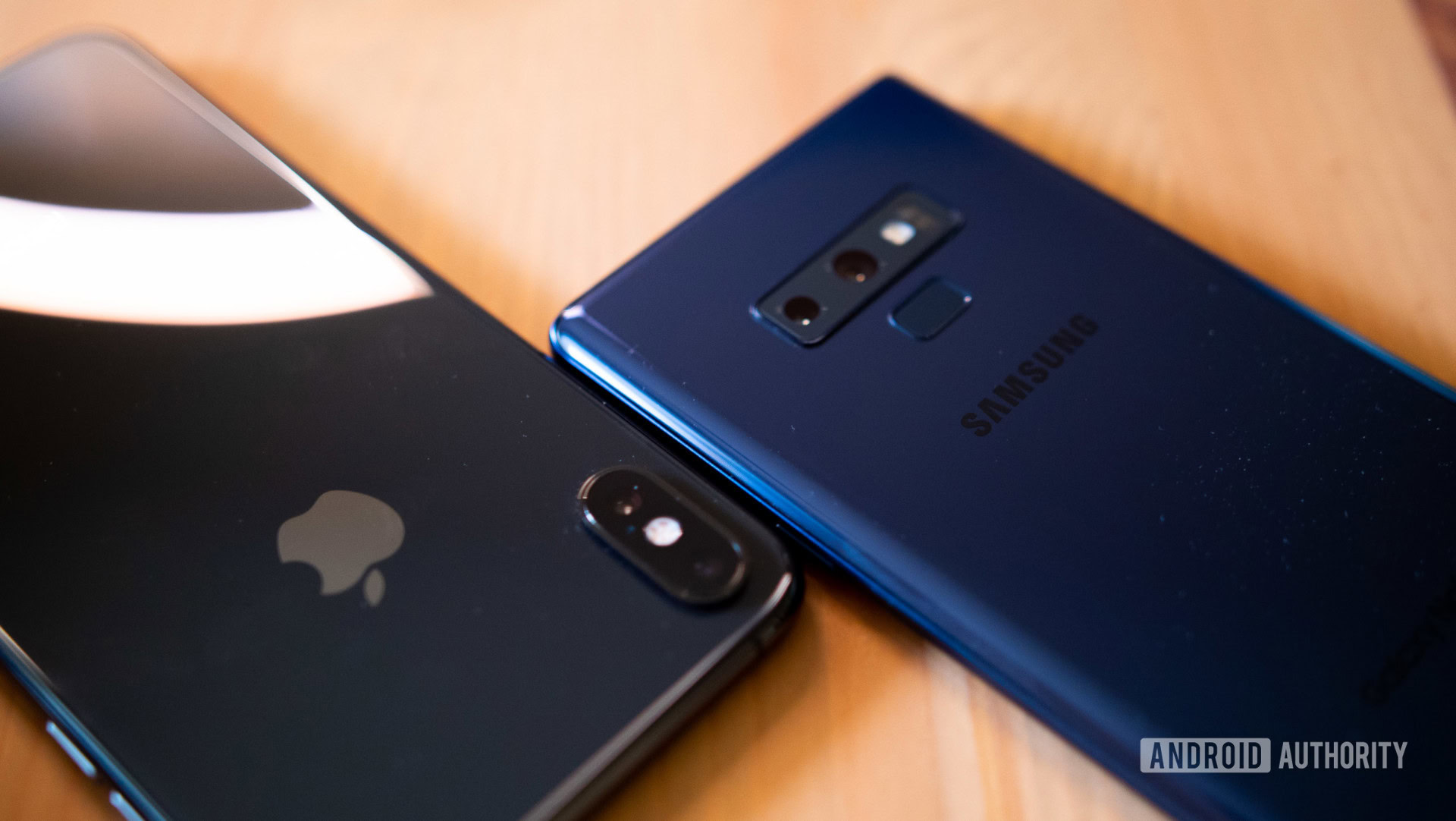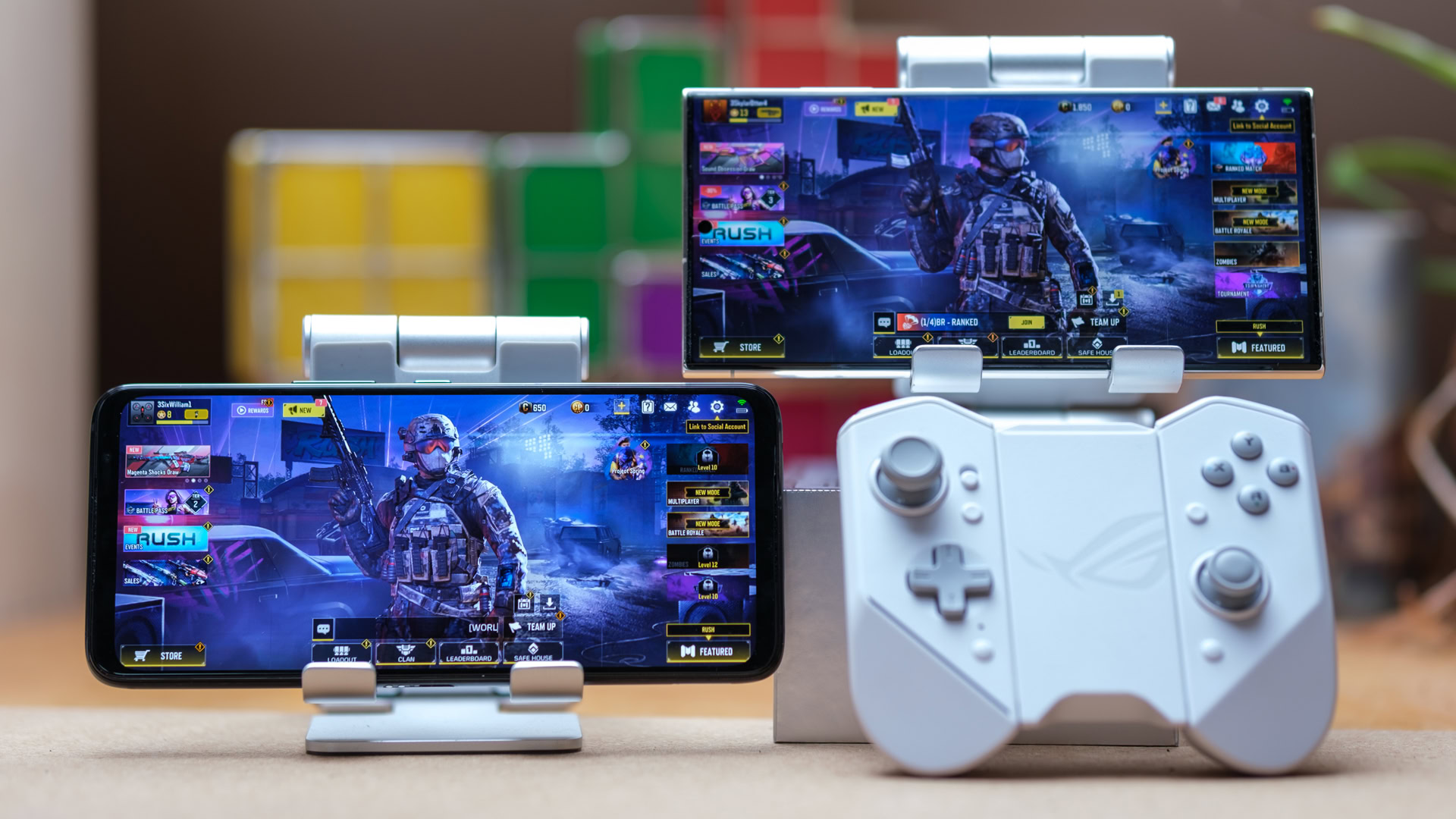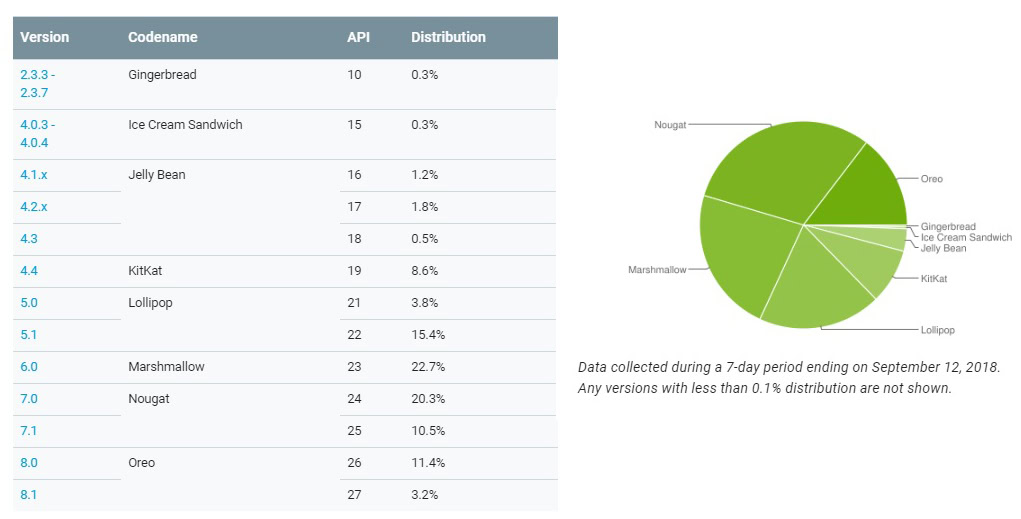Affiliate links on Android Authority may earn us a commission. Learn more.
Not jealous at all… Half of recent iPhones now use the latest version of iOS
October 12, 2018

- Over 50 percent of iPhones and iPads released in the last four years have updated to the latest version of iOS.
- Apple first released iOS 12 only three weeks ago.
- Google released Android Pie in August, yet not even 0.1 percent of Android devices use it.
Apple has revealed that 53 percent of iOS devices introduced since 2014 have already updated to the latest version of Apple’s mobile operating system. Apple released iOS 12 on September 17, meaning it took just over three weeks for the number of devices upgraded to pass 50 percent.
Engadget noted that the company reached this landmark much faster than it did last year, when it took almost twice as long for 50 percent of iPhone users to update to the latest operating system.

In contrast, Google released Android Pie over two months ago, yet not even 0.1 percent of Android devices use Pie. Even Oreo, which Google released over a year ago, is only installed on 19.2 percent of devices. The most used version of Android is still 2017’s Nougat, which is found on 29.3 percent of devices.
The discrepancies between the uptake rate of the latest operating systems won’t surprise anyone who follows Android, however. We all know that manufacturers face a number of barriers when it comes to updating their devices to the latest version of Android. This is something that Apple, with its yearly release cycle of two to three phones, simply doesn’t have to deal with.

What’s more, Apple’s latest figures relate only to four years of phones, while the Android numbers go back to Android Gingerbread, released in 2010. There have been thousands of Android phones released in the interval, compared to the dozen or so iPhones released since 2014.
Perhaps a better comparison when it comes to update speed would be between iPhones getting the latest version of iOS and Pixels getting the latest version of Android. If we did that, the numbers would likely be much closer, as Google releases updates for all Pixel devices at the same time.
Still, the speed at which iOS users are able to get these updates does make me a bit jealous. Especially when you consider that even four-year-old devices are able to upgrade. Four years worth of updates is something that most Android phone owners can only dream of.
Next up: Android version distribution: Still no sign of Pie in September figures
Thank you for being part of our community. Read our Comment Policy before posting.